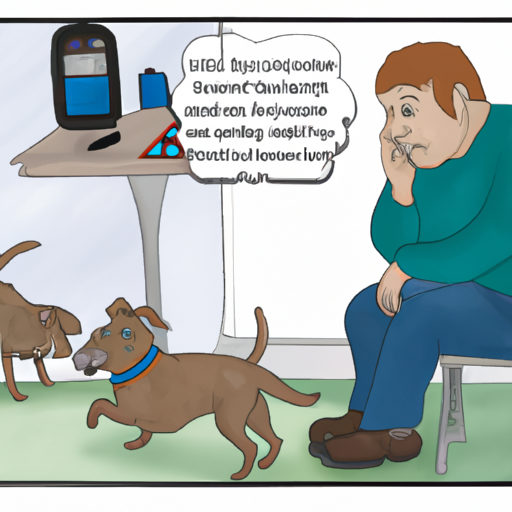As a caring pet parent, your dog’s health is a top priority. Understanding symptoms associated with insulin deficiency in dogs can aid in early detection and treatment.
What is Insulin and Why is it Important?
Insulin is an essential hormone that helps regulate blood sugar levels. It allows cells to take in glucose and convert it into energy. Without enough insulin, your dog’s body can’t properly metabolize sugar, leading to high blood sugar levels, a condition known as hyperglycemia. This condition, if left untreated, can result in diabetes, a common disease in dogs.
1. Excessive Thirst and Frequent Urination
One of the first signs of insulin deficiency in dogs is polydipsia and polyuria, increased thirst and increased urination. Your dog may drink water excessively and urinate more frequently. This is caused by high blood sugar levels, which the body tries to flush out through urination, leading to dehydration and increased thirst.
2. Increased Hunger Paired with Weight Loss
Despite eating more than usual, your dog may start losing weight. This is because, without insulin, glucose can’t enter cells, leading to energy deficiency. As a result, the body starts breaking down muscle and fat to make up for the energy shortfall, resulting in weight loss.
3. Lethargy and Weakness
Lack of energy due to inefficient glucose metabolism can make your dog lethargic and weak. You may notice your pet is less active, sleeps more, and lacks enthusiasm for activities they previously enjoyed.
4. Poor Coat Condition
Your dog’s coat may become dull, and their skin dry due to impaired metabolic functions associated with insulin deficiency.
5. Recurrent Infections
Insulin deficiency can weaken the immune system, making your dog susceptible to recurring infections, particularly skin and urinary tract infections.
6. Vision Problems
In advanced stages, insulin deficiency can lead to cataracts and blindness in dogs. This is due to high sugar levels in the lens of the eye.
7. Ketoacidosis
In severe cases, untreated insulin deficiency can lead to diabetic ketoacidosis, a life-threatening condition. Symptoms include vomiting, rapid breathing, and a fruity odor on the breath.
8. Neurological Symptoms
In rare cases, dogs may exhibit neurological symptoms like seizures or coordination problems due to extremely high blood sugar levels.
FAQs
- What breeds are prone to insulin deficiency?
Breed predispositions vary, but Miniature Pinschers, Cairn Terriers, Dachshunds, Poodles, Beagles, and Australian Terriers are considered to be at higher risk.
- What is the treatment for insulin deficiency in dogs?
Treatment usually involves insulin injections, diet adjustments, and regular blood glucose monitoring.
- Can insulin deficiency be prevented?
While genetic factors can’t be changed, maintaining a healthy weight and balanced diet for your dog can help prevent insulin deficiency.
- How often should I monitor my dog’s glucose levels?
Regular vet check-ups are recommended. However, if your dog is diagnosed with diabetes, glucose levels should be monitored as advised by your vet.
- Can my dog live a normal life with insulin deficiency?
With proper management, dogs with insulin deficiency can lead a normal, active life.
Remember, early detection and treatment can make a big difference in managing insulin deficiency in dogs. So, if you notice any of these symptoms, consult your vet immediately. You are your dog’s best advocate.



